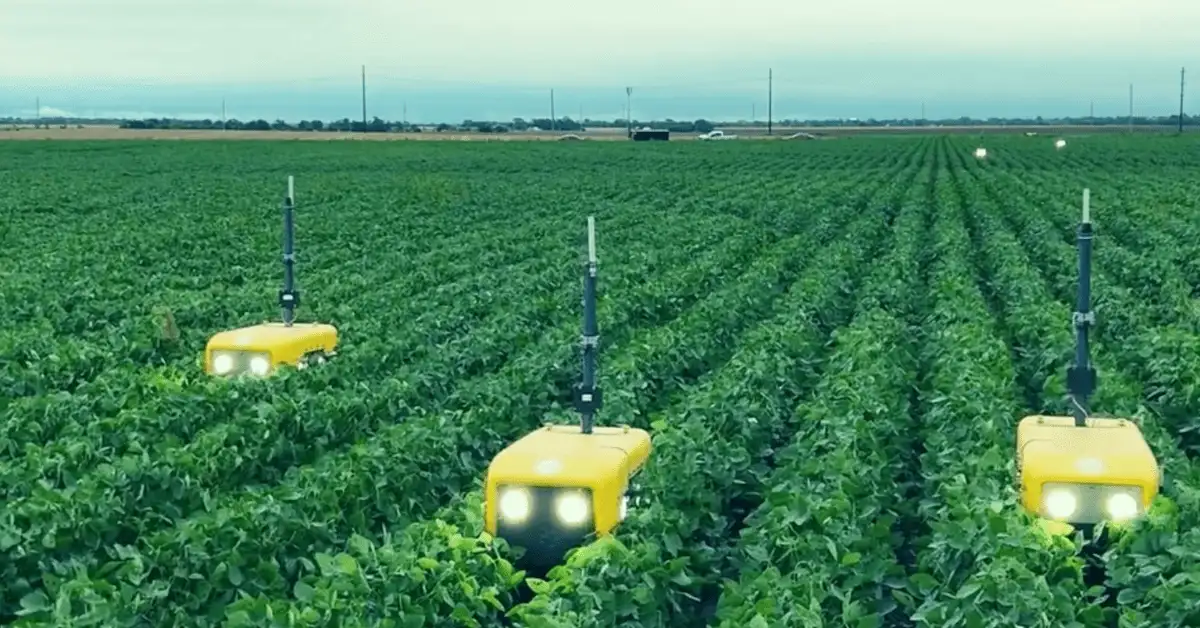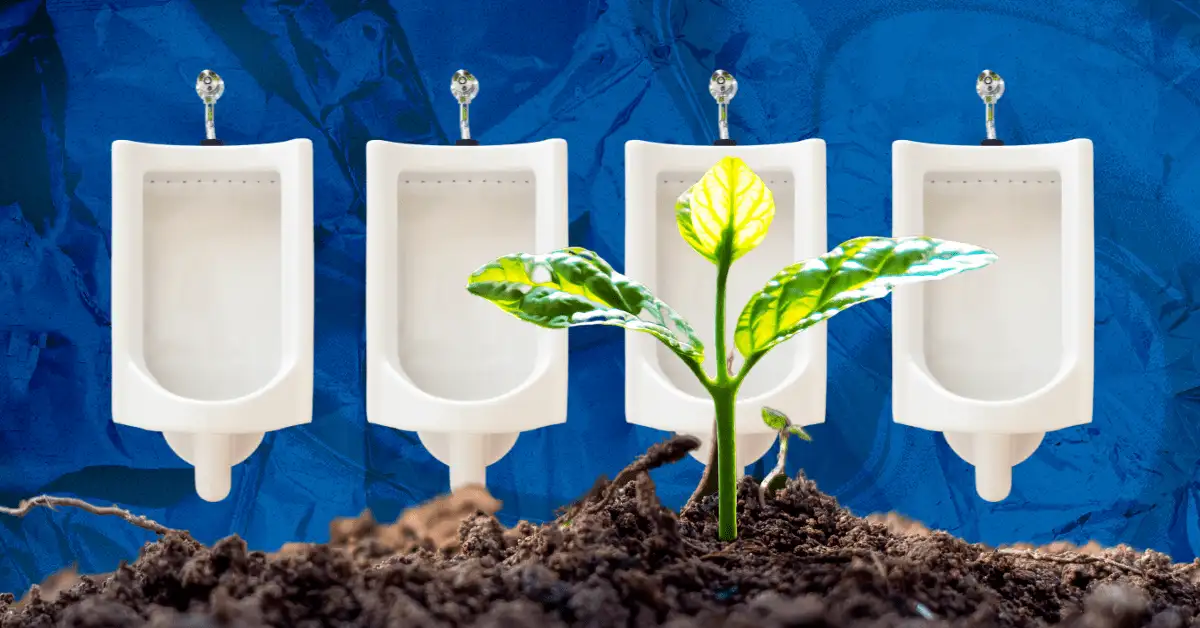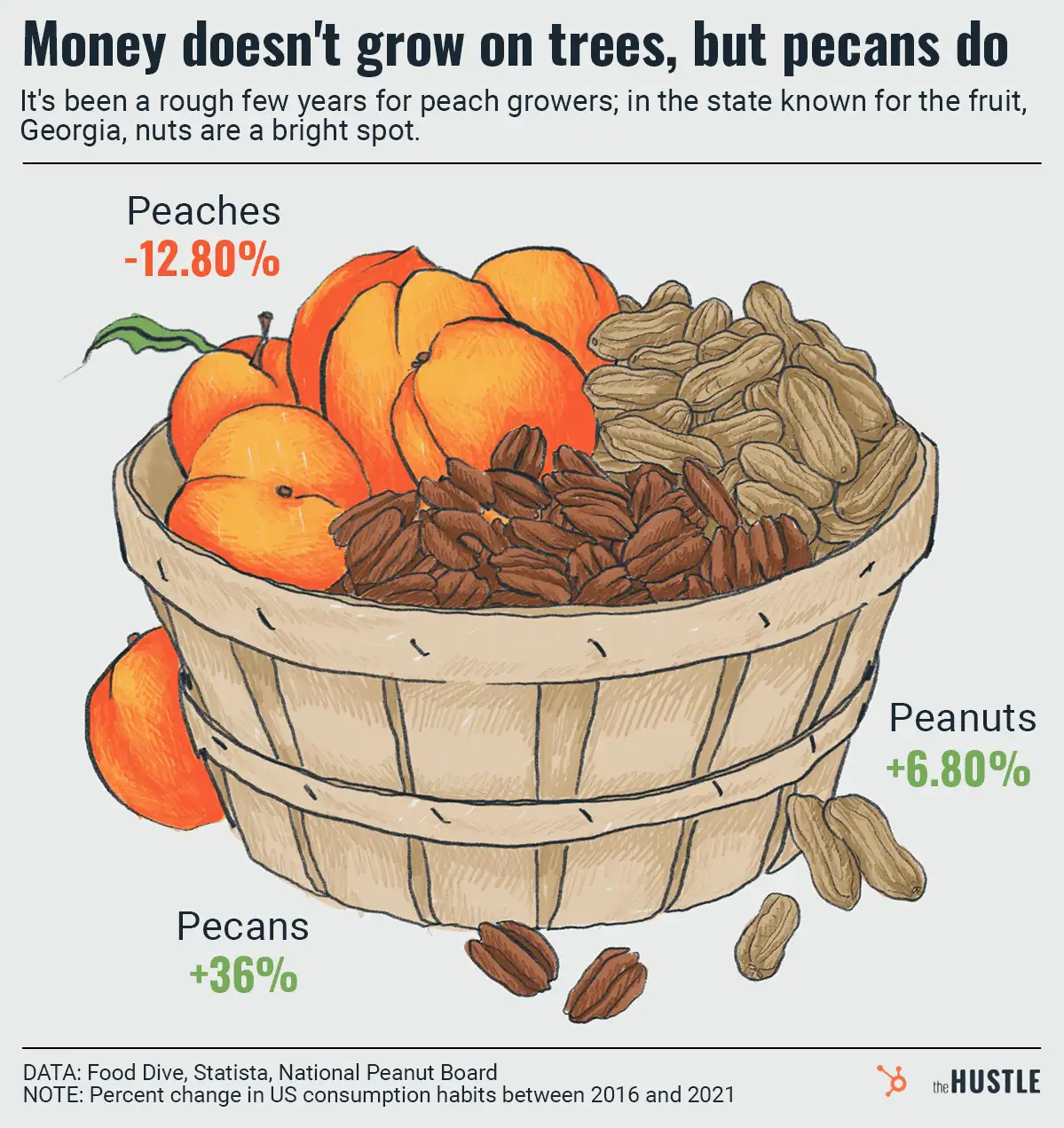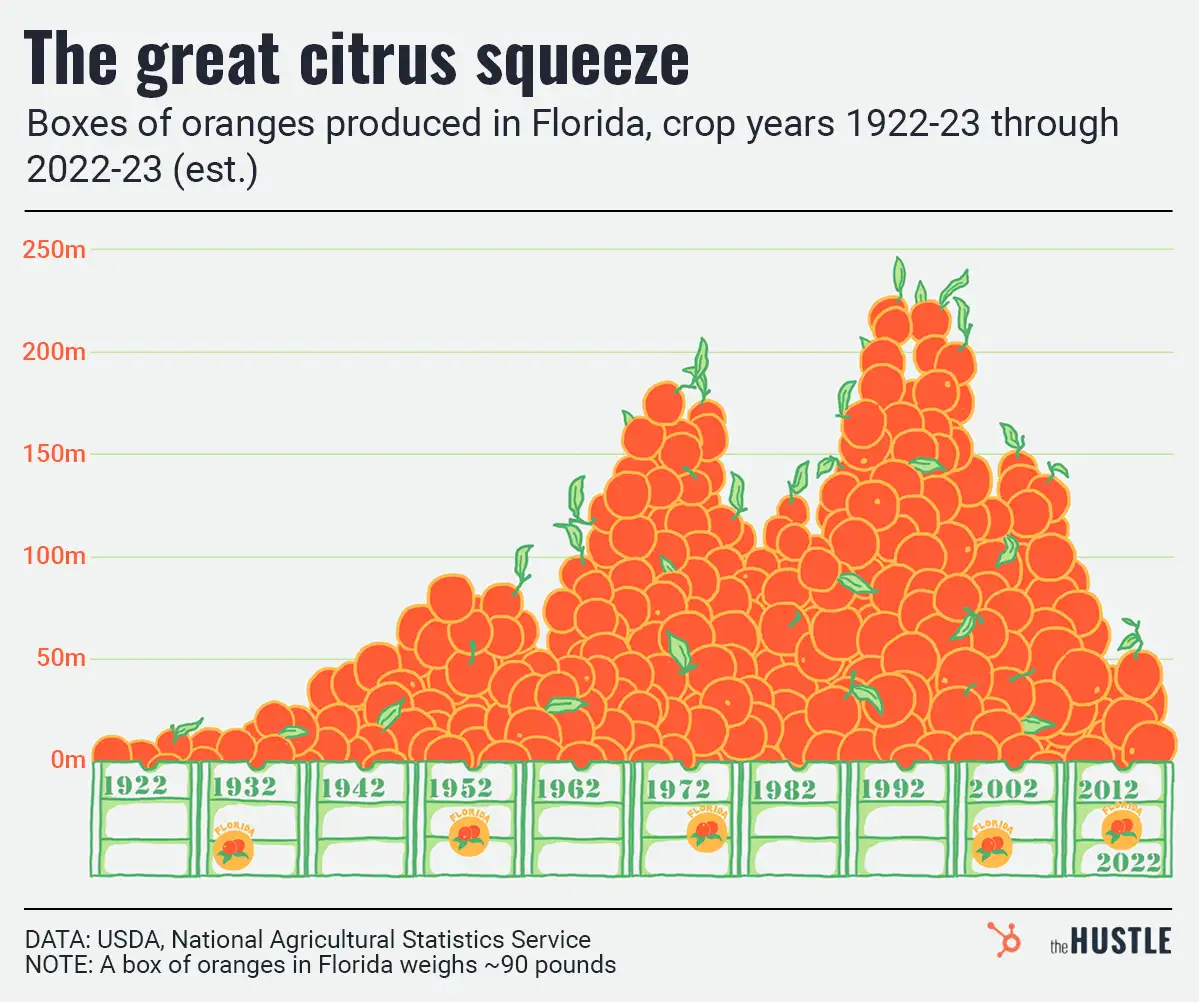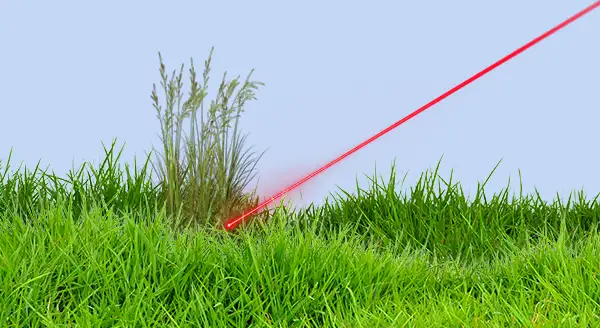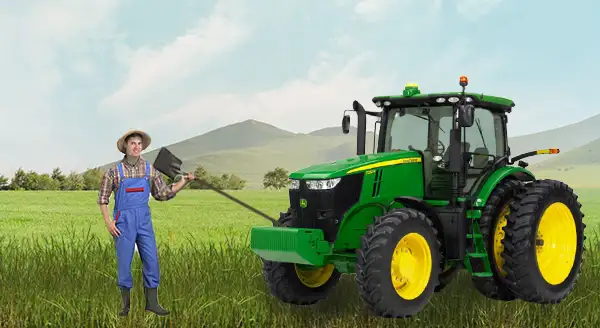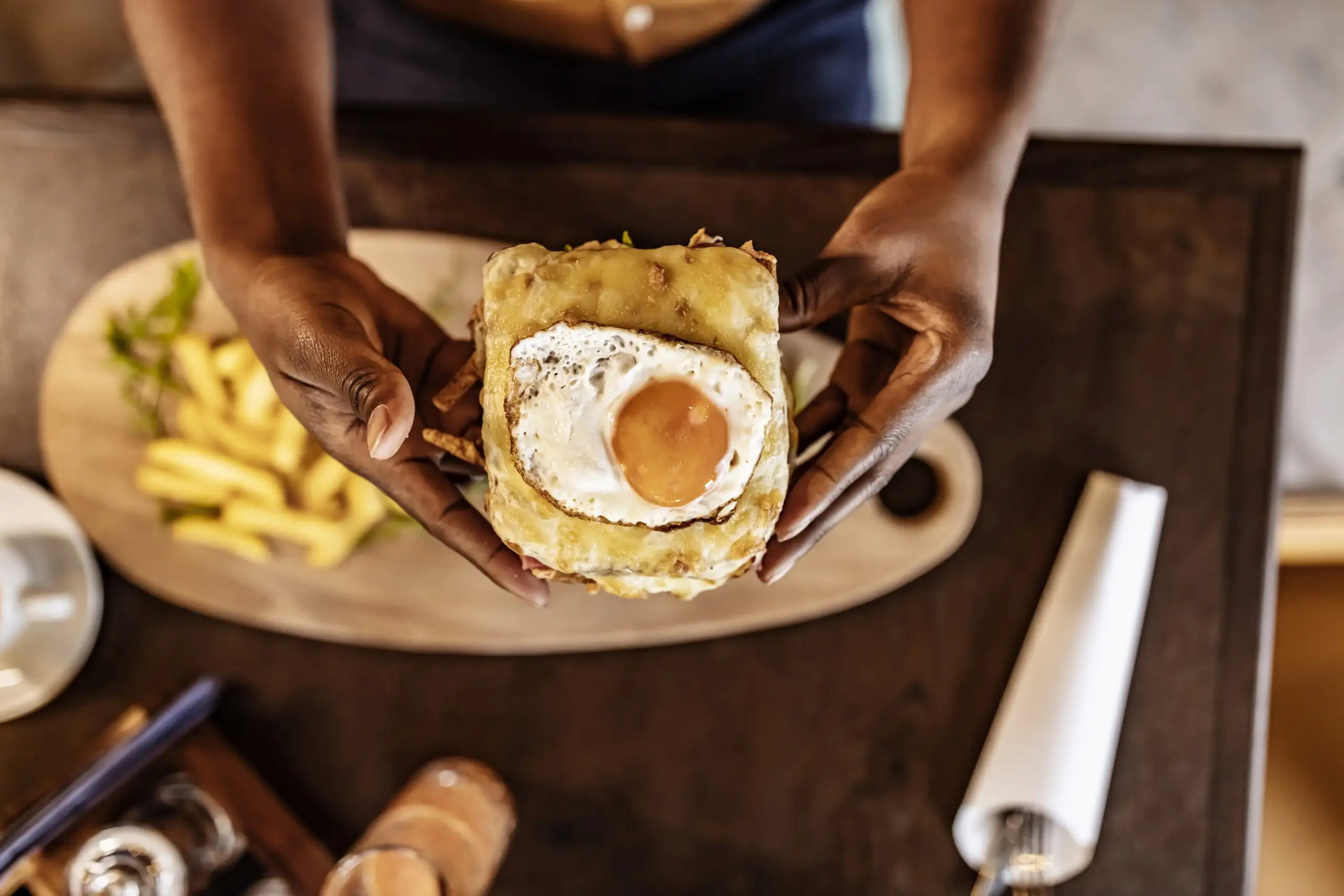Who says Wall Street’s the only place where people handle the big, uh, bucks?
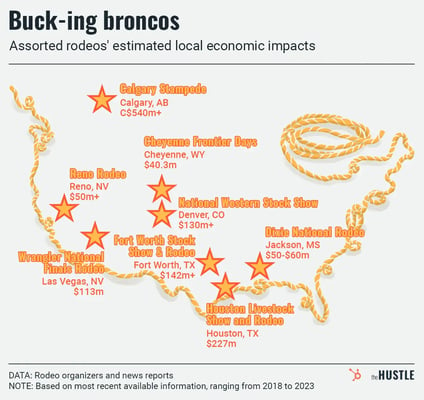
Perhaps more than ever, cities are looking to bring the rodeo to town, per The Wall Street Journal — and with the numbers they’re putting up, can you blame ‘em for wanting to horse around?
Large-scale rodeos have long kicked local economies into high gear:
- The Calgary Stampede, for instance, says it brings CA$540m+ (~$400m USD) into Alberta, and the 2019 Houston Livestock Show and Rodeo saw $227m in economic impact.
As for riders, last year they made $75k on average, with dozens roping in $1m+. According to the WSJ, riders could 2x that by joining a Professional Bull Riders (PBR) team, like the Missouri Thunder, whose owner, Bass Pro Shops CEO Johnny Morris, is worth a cool $8.3B.
- PBR launched in 1992 with $1k investments from 20 riders, and was eventually acquired by media conglomerate Endeavor in 2015 for $100m.
Supporting PBR’s work, quite literally, are folks like independent “soil savant” Randy Spraggins, whose responsibilities, at times, include getting 35 dump-truck loads of perfectly blended dirt into NYC’s Madison Square Garden.
Spurring growth in the West
In recent years, arguably no one thing has helped stirrup interest in Western culture more than the show “Yellowstone.”
A University of Montana study found that, because of the show, the state lassoed 2.1m visitors and $730m in 2021.
The show may have, however, also exacerbated a housing crisis, inspiring many wealthy “transplants” to move to Montana.
Ironic, because that’s exactly what half the show is about.

